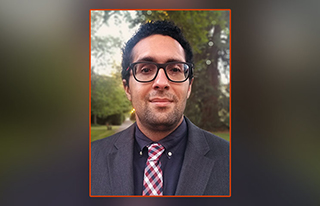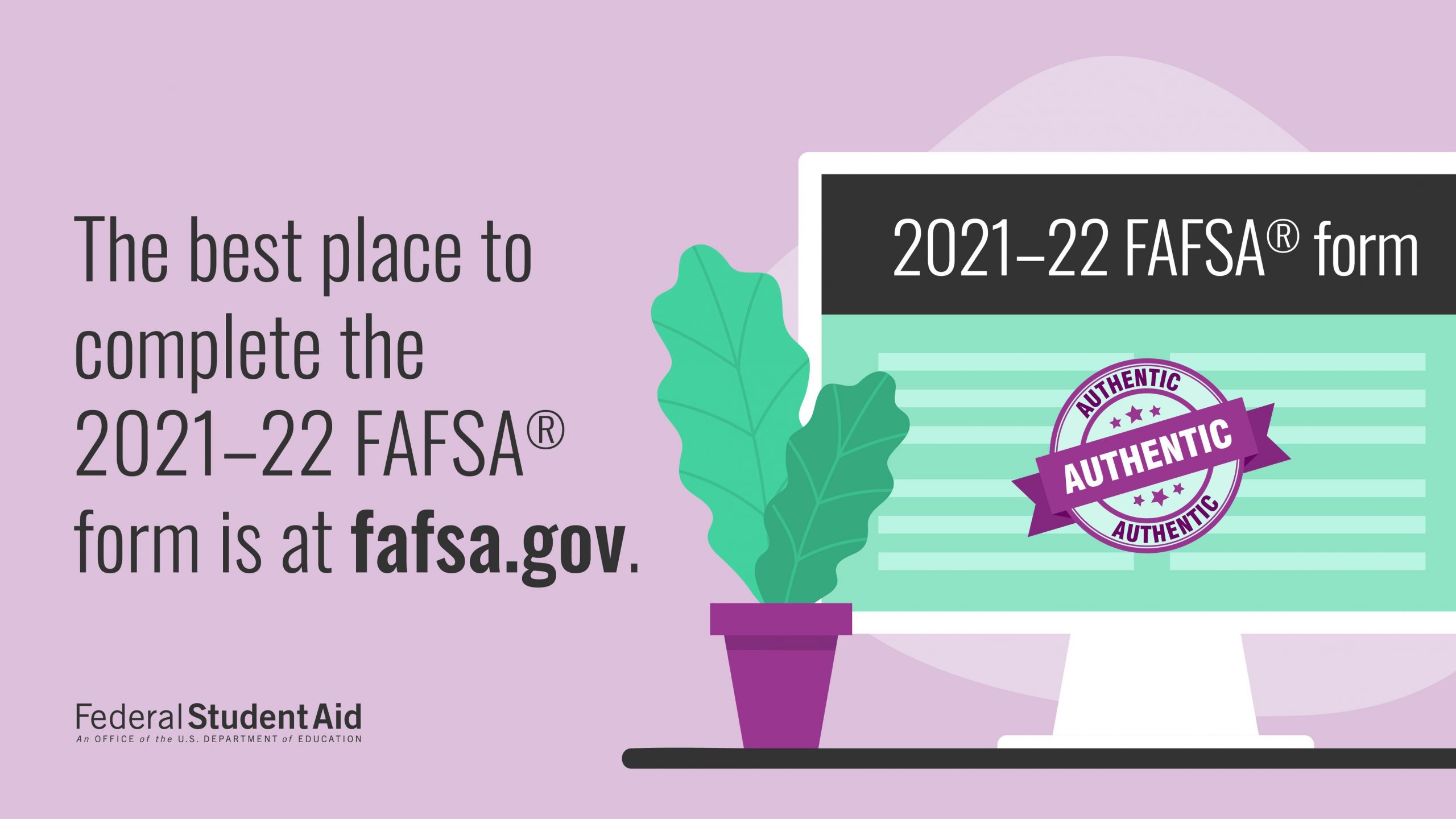
Special education is a type or education that recognizes and addresses the needs of individual students. This includes adapting materials and equipment to each student's needs and using individualized teaching methods. It also requires the creation of an accessible learning environment. It can also be described as an education system where teachers make every effort to make children feel comfortable. There are many different types of special education. In this article we'll take a look at the most commonly used types of special education.
Less restrictive environments
The Least Restrictive Environment for Special Education has been a core principle of public education. It states that kids with disabilities should be educated in the same classroom with their peers as much as possible. What does that mean? Each child's environment may be different.
Individuals with Disabilities Education Act, (IDEA) defines the Least Restrictive Environment for Special Education. When drafting an Individualized Education Program, the LRE must be considered. This is a vital component of the IEP process. The LRE must also be considered by the IEP team in order to ensure that student receives the necessary services.
Individualized education plan (IEP)
An Individualized Education Plan or IEP describes how a student will learn. It also specifies the methods and services that teachers and support providers will use. It is important to evaluate the skills and abilities of students with disabilities.

The IEP should also describe the child’s current performance at school. This information comes from classroom assessments and individual tests. These tests are typically given during reevaluations. Parents and other sources can also be used to collect information about the child’s performance. The IEP should also include information about how the disability affects the child's involvement in general curriculum.
Structured educational environment
Students with special educational needs benefit from intensive support. Structure is provided throughout the day, and students focus on academic tasks and communication. Students also get support when managing their behavior. By providing structure and routines, students can reach grade level.
Students with special needs can have many needs. These may include learning disabilities, speech and language impairments, or learning disabilities. You may also have emotional or behavioral disorders, as well as physical disabilities such muscular dystrophies. Depending on the disability, students may require more or lesser teachers, specialized equipment, or special physical adaptations.
Discrimination
Discrimination within special education is complex. The IDEA is an important tool for ensuring equitable educational opportunities. However, it relies on widespread assumptions regarding disability and race. IDEA particularly places great faith in the people who assess students. It assumes that these evaluations will not reveal discrimination.
Racial and ethnic differences in how children see themselves can affect their disability identity. Jesse and Michael are examples of how structural and unconscious racism affected their perceptions. It is possible to use a child's disability designation to help push out troubled children or get them more resources. This could lead to other troubling school practices.

Response to the intervention model
The Response to Intervention (RTI) model is a teaching approach that focuses on differentiating instruction to meet individual needs. Students who fail to respond to instruction are moved through a series intensive interventions. This model was first used in special education, but is now widely used in public education.
Response to Intervention (or "Response to Intervention") is a districtwide educational strategy for students who are at high risk for academic failure. This program uses research-based interventions to help students achieve their goals and move on in general education. Students are evaluated continuously and monitored for progress to see if interventions are effective. The program lasts typically ten or twelve week depending on the student’s needs.
FAQ
Do you think it is difficult to be a teacher
Being a teacher is a huge commitment. You will need to give a significant amount time to your studies.
While completing your degree, you can expect to work approximately 40 hours per week.
A job that is flexible with your schedule is another important consideration. Many students report difficulty finding part-time jobs that work around their school schedules.
You will likely teach classes once you have been hired as a full time teacher. You may also need to travel between schools each week.
What is the main difference between schooling and college?
Schools are usually divided into classes (or grades), with a teacher who is responsible for teaching a specific class. Colleges are larger institutions that offer more specialized programs and include many university-level courses. While schools tend to focus on the basics, colleges can offer courses in a wide range of subjects, including science, language, business, and arts. Both levels of education are designed to prepare students for higher-level study.
How do I select my major?
Students choose their majors by their interests. Some students will choose to major or minor in a subject that interests them because they'll find it more enjoyable than learning about something else. Some students want to go into a field where there is no job. Still, others choose a major because they hope to earn money during their studies. No matter what your motivations, it is important to consider the job that you may be interested in after graduation.
There are many avenues to find information about various fields of study. Talk to your family and friends about their experiences. Look through newspapers and magazines to find out what careers are available. Talk with a guidance counselor at your high school to ask about possible careers. Visit Career Services in your local library. You can borrow books about various topics from the public library. Use the Internet to search for websites related to specific careers.
Do you need to go to college to become an early childhood educator?
You can't, but it is worth considering going to college to get a degree in this field.
It is essential to understand that becoming a teacher takes hard work. There are lots of applicants who aren't accepted into programs each year. In addition, many people quit after just one semester of college.
To be a teacher, you will need to have strict qualifications.
What is the difference in public and private schools?
All students have the right to free education in public schools. They provide education from kindergarten through high school. Private schools charge tuition fees for each student. They offer education from preschool through college.
Charter schools are public-funded but privately managed. Charter schools are not bound by traditional curricula. Instead, charter schools give their students more freedom in learning what interests them.
Parents who believe that their children should be able to access quality education no matter what their financial situation are fond of charter schools.
Statistics
- They are also 25% more likely to graduate from high school and have higher math and reading scores, with fewer behavioral problems,” according to research at the University of Tennessee. (habitatbroward.org)
- “Children of homeowners are 116% more likely to graduate from college than children of renters of the same age, race, and income. (habitatbroward.org)
- Globally, in 2008, around 89% of children aged six to twelve were enrolled in primary education, and this proportion was rising. (en.wikipedia.org)
- And, within ten years of graduation, 44.1 percent of 1993 humanities graduates had written to public officials, compared to 30.1 percent of STEM majors. (bostonreview.net)
- They are more likely to graduate high school (25%) and finish college (116%). (habitatbroward.org)
External Links
How To
Why homeschool?
There are many factors to consider when deciding whether to send your child to school or homeschool.
-
Which type of education do YOU want for your child's future? Are you seeking academic excellence? Or social skills development for your child?
-
How involved would you like to be in the education of your child? Are you interested in keeping up with what your child does? Do you prefer to stay informed about what your child is doing?
-
Does your child have special needs? Is your child a special needs child?
-
Are you able to manage the schedule of your child? Will you be able to teach your child every day at home?
-
What subjects will you be covering? Math, science, language arts, art, music, history, geography, etc. ?
-
How much do you have to pay for your child's education
-
Is your child old enough?
-
What is the best place to house your child? This includes finding a space large enough for a classroom, as well as providing adequate facilities such as bathrooms and kitchens.
-
What is your child’s age?
-
When does your child go back to sleep?
-
When does he/she wake up?
-
How long does it take for you to get from A to B?
-
Is your child's primary school close to you?
-
How far are you from your child’s school?
-
How will you transport your child to and from school?
-
What are the benefits of homeschooling?
-
What are the cons?
-
Who will supervise your child outdoors?
-
What are your expectations?
-
What discipline type will you use?
-
What curriculum would you choose?
Homeschooling can be done for many reasons. Some of them include:
-
Your child might have learning disabilities that make it difficult for him/her to attend traditional schools.
-
You would like to offer your child an alternative educational system.
-
You desire more flexibility in scheduling.
-
High tuition fees are not something you want to pay.
-
You believe your child is receiving a better quality of education than he/she could receive in a traditional school environment.
-
You believe you are better at teaching your child than a teacher in traditional schools.
-
You don't like how the school system works.
-
The rules and regulations of school are confusing to you.
-
You want your child with a strong work ethic.
-
You want your child to be able to choose the courses that interest them.
-
You want individualized attention for your child.
Other benefits of homeschooling include the following:
-
You don't need to worry about supplies, uniforms, books or pencils.
-
Your child can be educated according to their interests.
-
Homeschooling allows parents the opportunity to spend time together with their children.
-
Homeschooled students are more likely to learn faster than their peers, as they aren't distracted by other people.
-
Many homeschoolers score higher in standardized tests.
-
Homeschool families tends to be happier overall.
-
Homeschoolers are less likely to drop out.